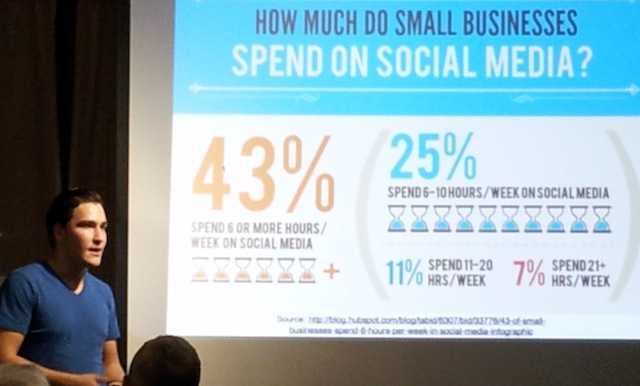
One of the most powerful marketing tools in the hands of an early-stage entrepreneur is content.
It can help you connect with your users in meaningful ways. It can get you on Google’s radar. It’s cheap. And the best part — you can do it yourself.
But, of course, it’s not all rainbows and unicorns. Creating great content takes a shitload of time. And time is the one resource that we as founders have so little of.
That’s why I wanted to share with you a useful technique that will help you create 2–3 times more content without spending too much extra time or money on it.
I call this Content Morphing.
What is Content Morphing?
Content Morphing means reusing and adapting your existing content into different formats and channels, all while adding value to the end user.
For example, think back to the last piece of content you produced. Maybe, it was a blog post or a video… or anything else.
You probably spent at least a few hours making it, but what did you do with it after publishing? You likely shared it on social media. Maybe, you posted it on Hacker News and Reddit… For most people, the story ends here.
Doesn’t it feel like a waste of your efforts to just leave it at that?
Content morphing is about taking the message, the story, the essence of that original post or video and telling it in a different way.
It’s turning that blog post into a slide deck to reach a new audience. It’s disassembling that video into a dozen 140-character long quotes that get shared hundreds of times.
I’ll show you exactly how to do this in just a minute. For now, I just want you to start thinking about any content you generate as only a piece of the puzzle, not the whole thing.
Here’s a real world example. Unbounce, a marketing software startup, recently released a great ebook about Conversion Centered Design.
The lazy thing to do would be publishing a blog post saying “Hey, here’s the ebook, go get it!” But that wouldn’t add much value to their blog readers, would it?
So instead, they ran a full week worth of blog posts about this topic, all while promoting the main resource.
They talked about what conversion centered design is, discussed pros and cons, and shared examples. They created lots of value for their readers without forcing them to download anything.
Seems difficult?
Well, remember that all these posts were based on the ebook. The research has already been done. The definition has already been thought of. The examples have already been collected. This is content morphing at its best.
And now let’s learn how we can do it ourselves.
Putting Content Morphing to Work
Content morphing isn’t hard. The only challenge is to getting into the habit of applying this approach every time you start working on something new.
That’s why the first step is learning to see the whole spectrum of opportunities.
To help you with this, I’m going to share a framework and a worksheet that I’ve developed for myself and have been using for the last few months.
The framework has two key dimensions:
1. Format. You can produce text, graphics, decks/presentations, audio, or video.
2. User commitment. Some content takes only seconds to consume. For example, an image or a tweet. Reading a blog post, on the other hand, takes a few minutes. Finally, watching a live webinar or going to an event is a pretty big commitment.
When you put the two together, you end up with a table just like the one embedded below.


